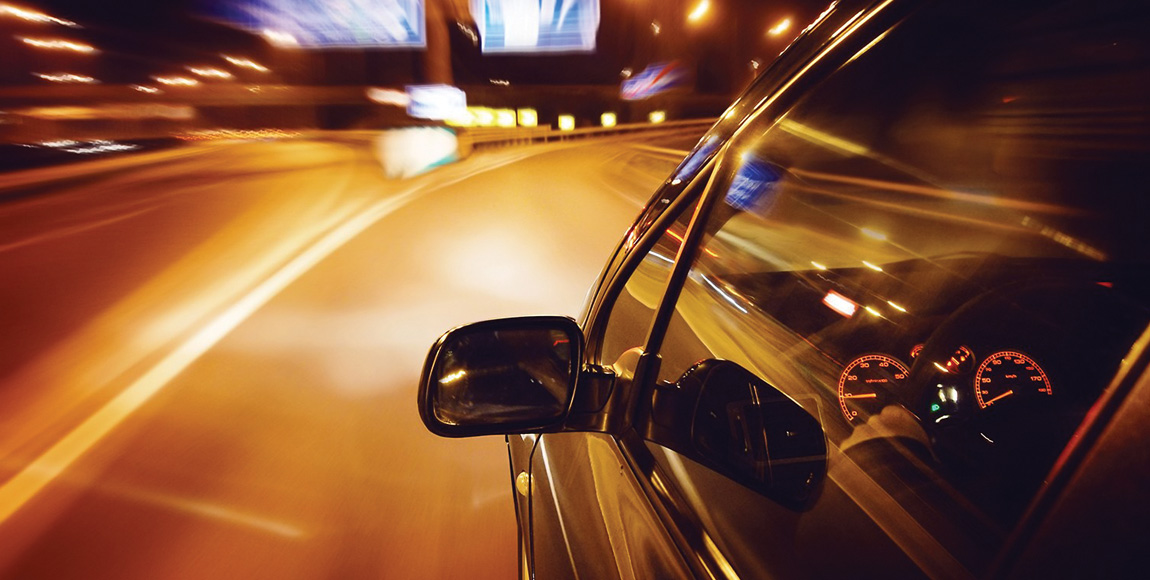Shining bright to light the way

Ever driven at night and given thought to how well, or how poorly, you can see what’s going on around you? Welcome to the dark art of engineering visibility
Which creature has the best night vision? Current research suggests that frogs and toads have the ability to see colour in almost complete darkness! However, while frogs can see better in darkness than cats, owls and, of course, humans, this means that their ability to see in daylight is slightly compromised.
Humans have a greater balance between their day and night vision. At the risk of subjecting you to an unexpected biology lesson, this is because the cones in our eyes allow us to see vivid colour and detail in well-lit conditions, while the rods take over in much dimmer light and generate less sharp and detailed images.
Because rods are packed more densely around the edges of our retinas, humans generally see objects better in the dark when not looking directly at them; that is, using peripheral vision.
It’s like driving at night using only your vehicle’s front fog lamps instead of the headlights. You can see a bit to either side, but not much right in front of you. Which brings us neatly onto the topic of driving at night. This is not usually too much of an issue for most drivers in well-lit urban areas; the ambient lighting is sufficient for the cones of our eyes to detect colour and a fair amount of detail.
It’s a different story when one is out of urban areas, in the middle of nowhere – a situation not unfamiliar to long-distance truck drivers the world over. The driver can see the area immediately ahead of him illuminated by his vehicle’s headlights, and not much else.
It’s for this reason that roads authorities try to engineer roads for the best possible illumination. Even in well-lit urban areas, aiding a driver’s visibility can go a long way to improving road safety.
I recently spoke to Vusi Tshabangu, technical manager, 3M Transport Safety Division, in the lead up to a road-safety workshop hosted by his division, about some of the solutions available to ease the job of driving at night. In this regard 3M’s expertise is in developing reflective technology.
“About 20 percent of road accidents are due to environmental factors,” Tshabangu says. “Roads today still use the solutions of yesterday. Most road signs have reflectivity brightness of 50 candlepower and 3M is developing this to between 250 and 400 candlepower.”
While much of the reflective material on road signs and many of the cat’s eyes on South African roads are supplied by 3M, the company is going a step further and developing a reflective tape that can be applied to the road surface instead of paint. It makes road markings as visible as possible, even when submerged under water.
“We have submitted a recommendation to use this technology in the dark spots on South African roads,” Tshabangu says.
For now, though, old-fashioned paint will have to do. Did you know, though, that road-marking paint is rather specialised? The Johannesburg Roads Agency, for example, recently had its paint suppliers demonstrate their road-marking paint in line with various requirements.
Among other requirements, the paint had to include crystal glass beads with a strong capacity for absorbing, storing and emitting light; be able to glow for more than twelve hours in the dark; be harmless to the environment; and produce a surface with anti-skid properties.
So, the next time you’re on a dark road and notice you can see better than usual, it’s probably worth hopping and croaking with a bit of excitement – as South Africa’s road infrastructure shines a little brighter.
Published by
Focus on Transport
focusmagsa




